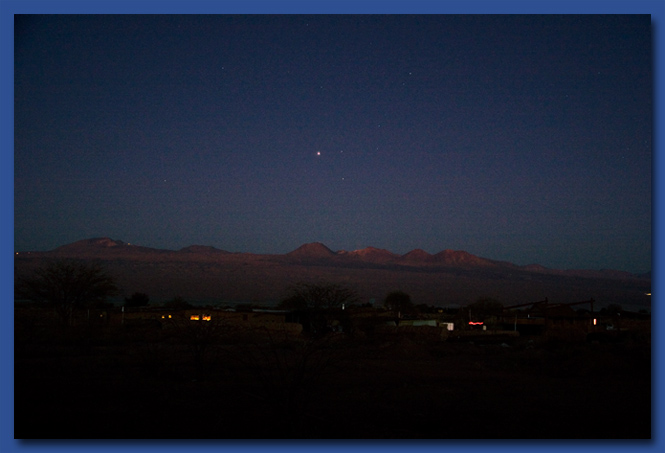Technical > Astronomical Photography > Astronomical Excursions > Atacama Desert, Chile
We have often heard that Chile was the place to go for astronomy with its really clear skies and good seeing. Any serious astro imager worth their weight eventually makes the journey to this far off and alluring place. Well, the clear skies part is definately true, every day was perfectly cloudless during our three week stay in the Atacama desert during the month of August, 2009.
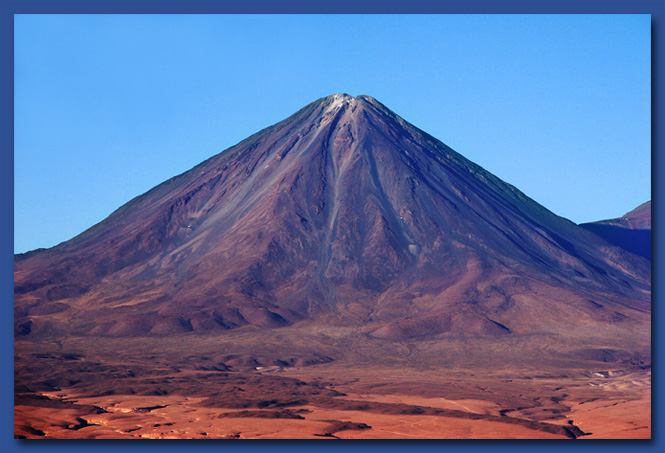
Our journey started out somewhat uncertain with a four hour trip to Toronto, which should have taken 45 minutes, due to the never ending thunderstorms which plagued Ontario all summer. We eventually made it to Santiago, Chile 15 hours later. However, the telescope, our Ceravolo Astrograoh 300, did not!
The Astrograph made it on the plane in Ottawa but got lost in Toronto. It arrived in Chile three days later. At least they didn't break it.
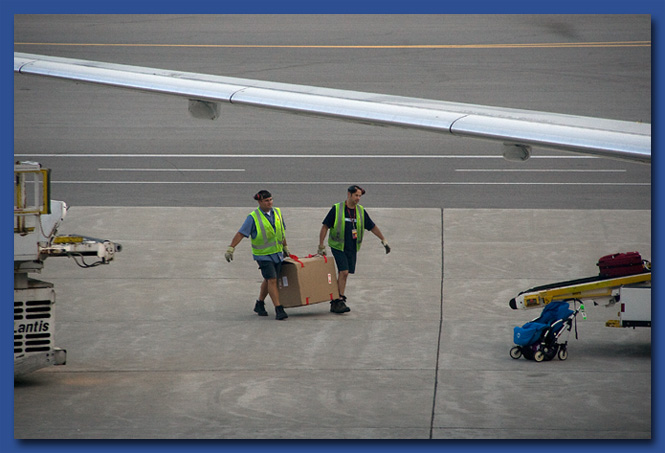
Peter and Alain Maury, owner of the accomodations where we stayed in the Atacama desert. Space Atacama Lodge. Steve Barnes offered us his Skyshed observatory and Paramount situated on Alain's property.
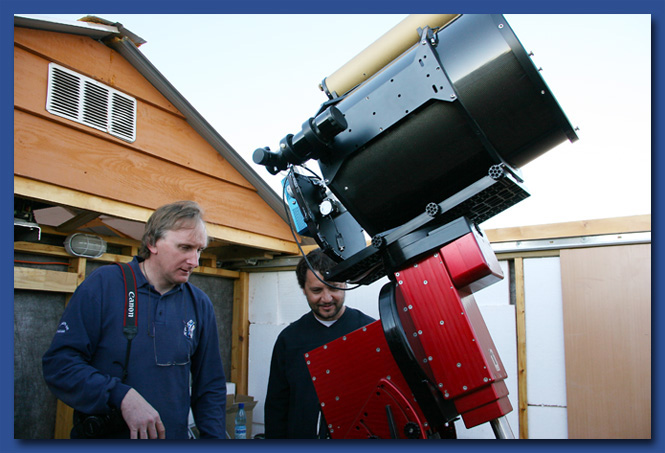
Our room was very nice with a great view. We spent three weeks with Peter outside imaging all night and Debra at the computer processing all the images.
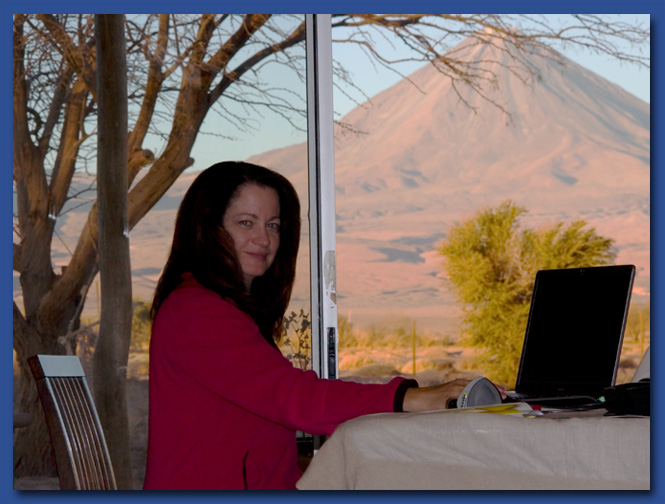
This was Debra's first experience in the southern hemisphere and the first shock to her was that the moon was upside down and the sun, moon and planets and stars moved across the sky to the left instead of to the right. It all makes sense when you think about it, but it's disorienting when you are not used to it. The most amazing sight was the Magellanic Clouds. There is nothing in the north that compares to this! The Tarantula nebula in the Large Magellanic Cloud.
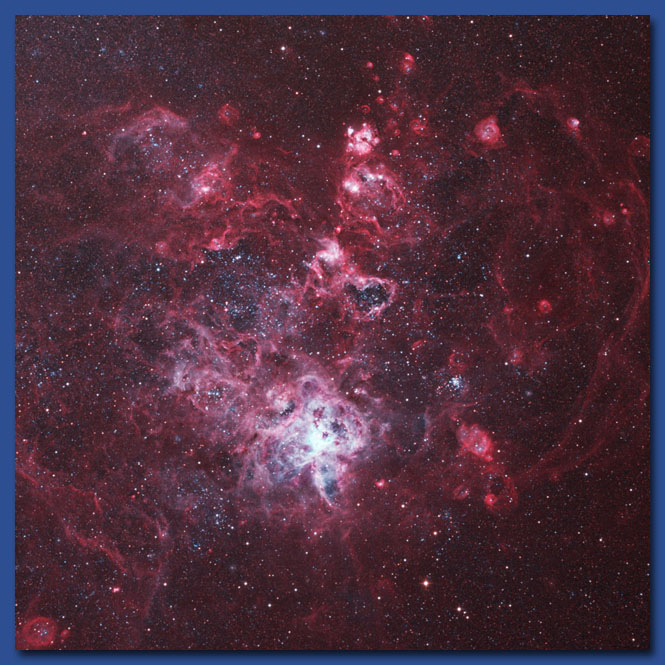
The Helix nebula was another beautiful object we imaged in Chile.
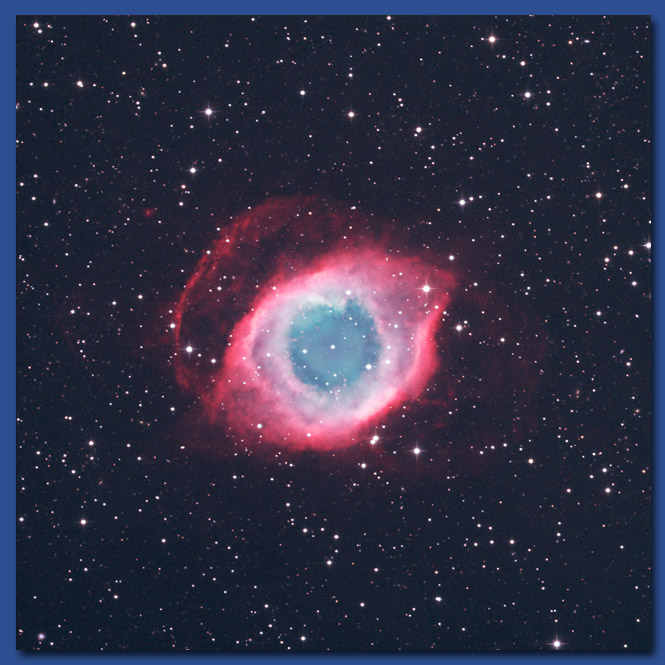
This star cluster, reflection (blue) nebula and dark nebula in the southern constellation Corona Australis. It can't be seen at all in the north.
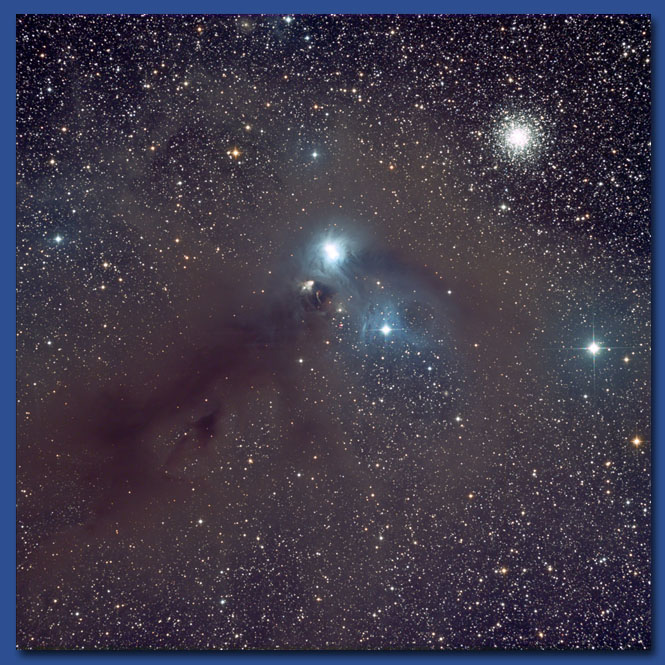
Imaging the sky was the main reason for going to Chile but we also wanted to see some of the countryside. The scenery was georgous. There are a lot of volcanoes in the Atacama desert and there are some places that are so high in elevation and so dry that no animals, plants or even insects could be seen. Some places resembled the surface of the Moon. Like these photos taken near Calama.
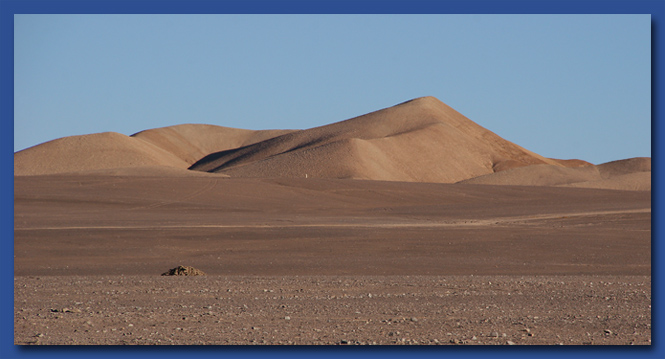
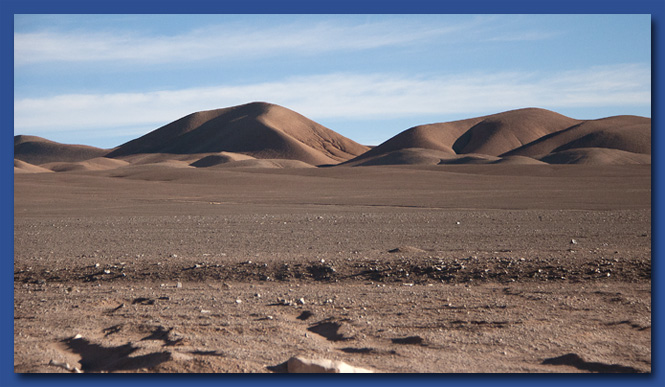
Remove the blue sky and this place could be mistaken for the moon!
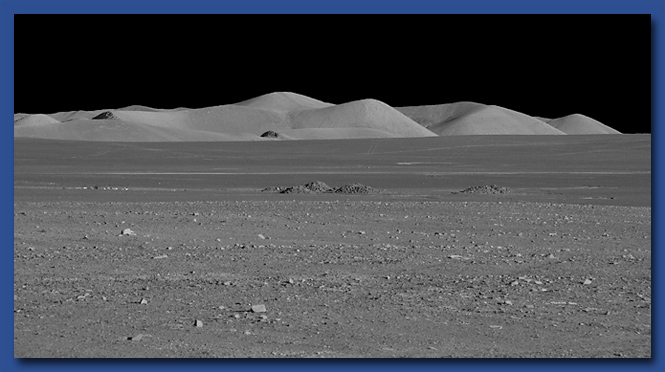
One day, we travelled to Laguna Miscanti, about 100km south of San Pedro de Atacama where we stayed. The altitude was about 14,000 feet and cold. It was also in August which is winter there.
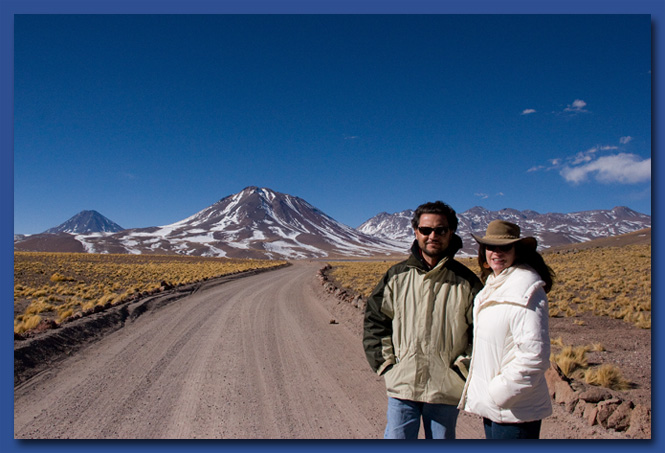
This lagoon is surrounded by volcanos and the water is an intense dark blue.
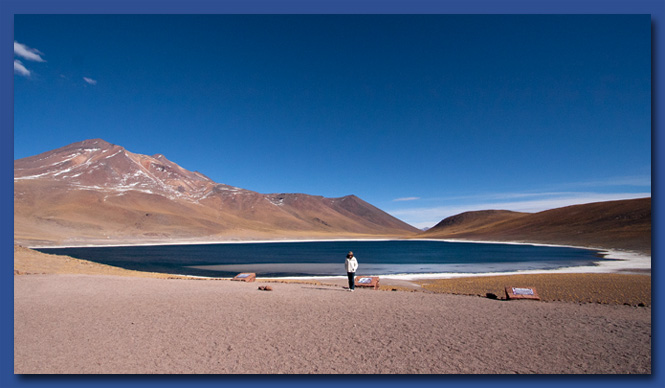
Vicunas live here in these high altitudes. Their coats are extremely soft and warm. Apparently, a man's coat made of this 'wool' can cost around $20,000 dollars! In ancient times, their fur was reserved for royal incas only.
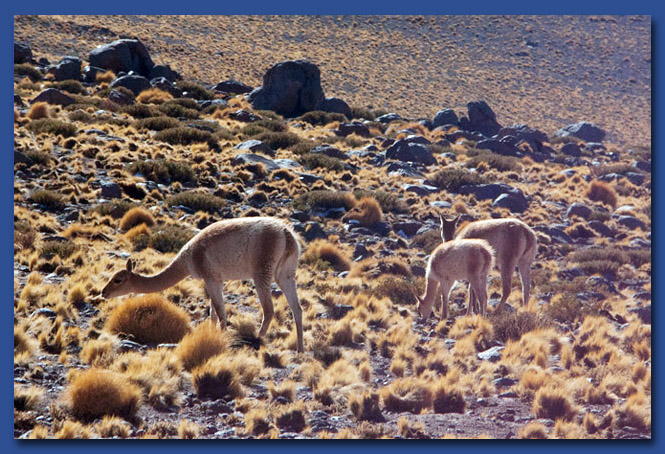
Here is another kind of laguna. The Lagoon nebula, one of the images we produced during our stay.
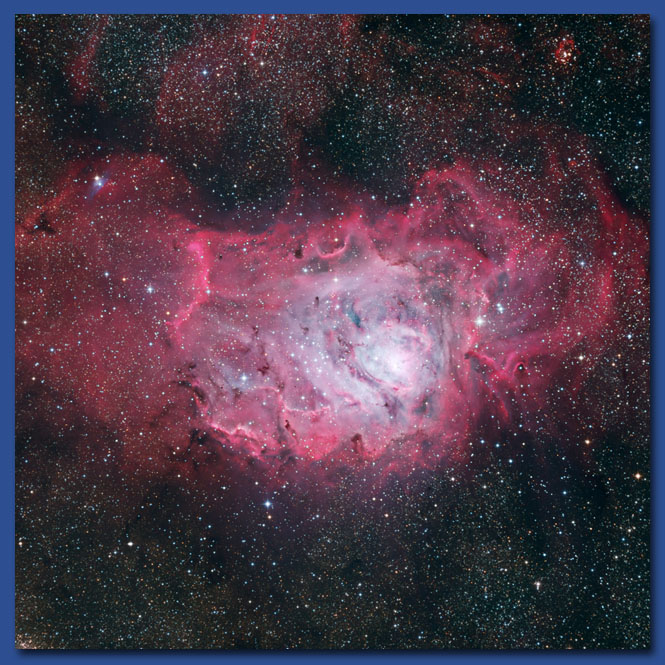
Close to San Pedro de Atacama, is the ALMA sub millimeter radio observatory. Here is the base which could be seen from our room. At the time of this photo, the observatory was just starting to be built up. The observatory up the plateau is 16,400 feet above sea level, gasp!
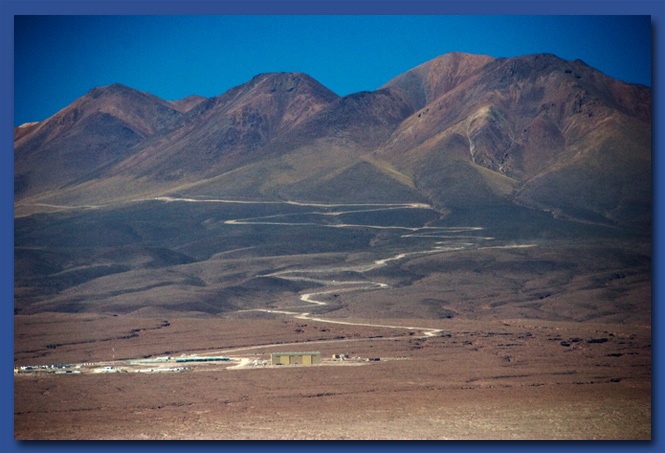
We encountered one half of a radio dish enroute to ALMA.
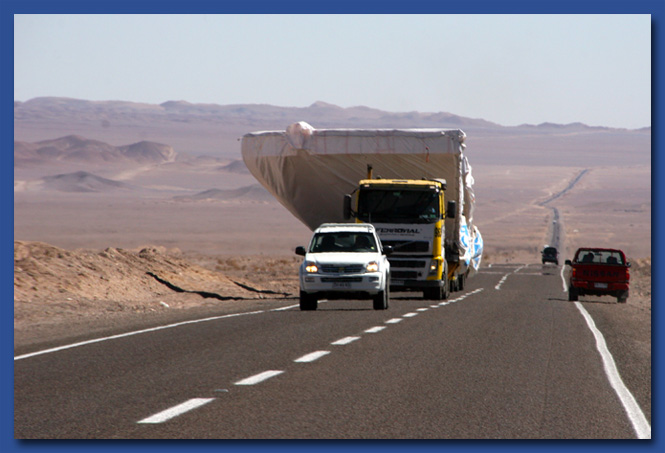
Jupiter overlookig our imaging site. We look forward to the day when we can return to this amazing place. Adios!
